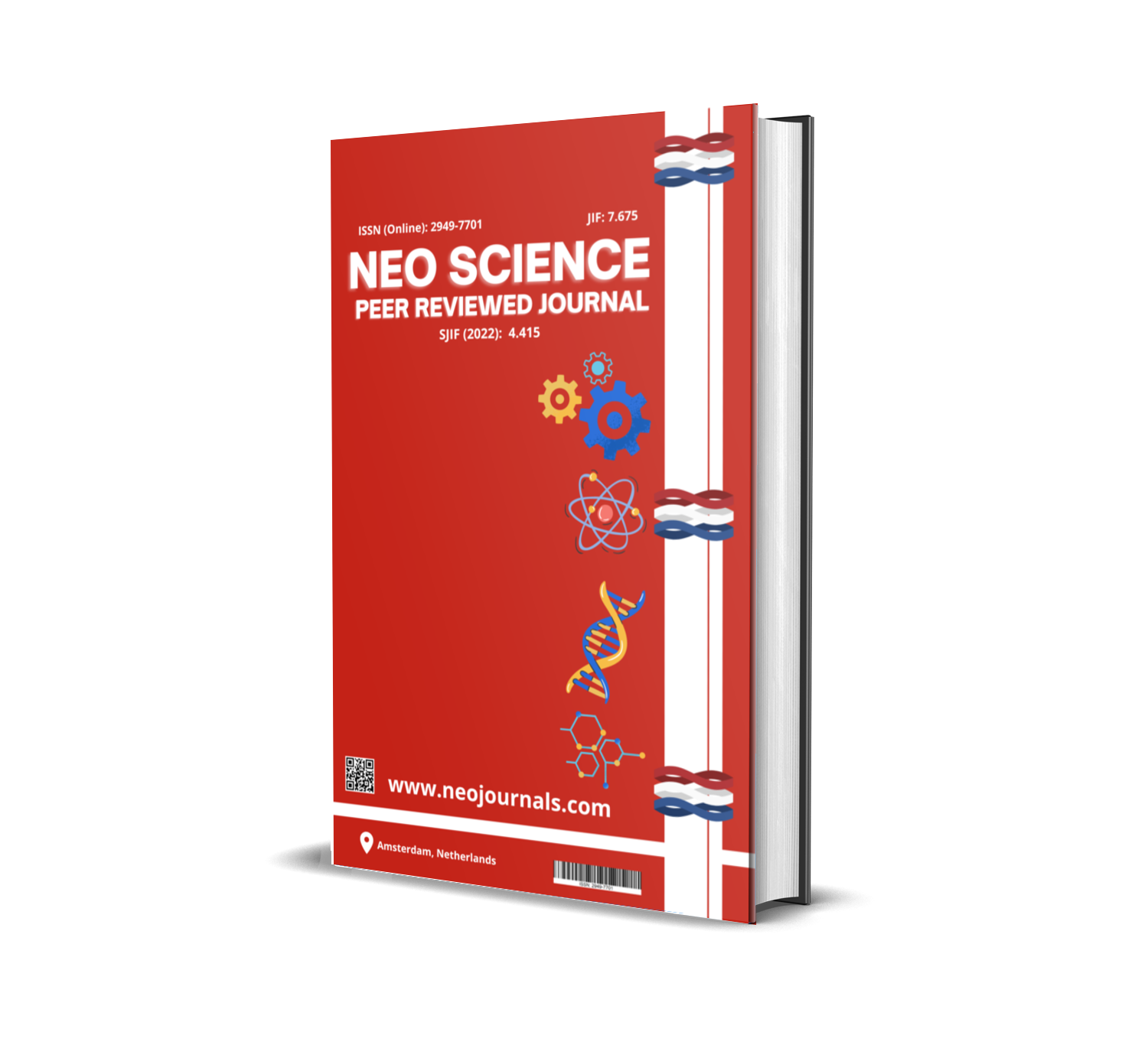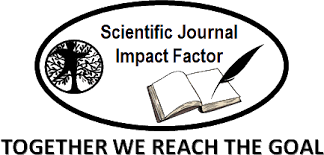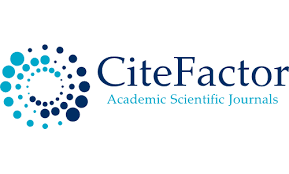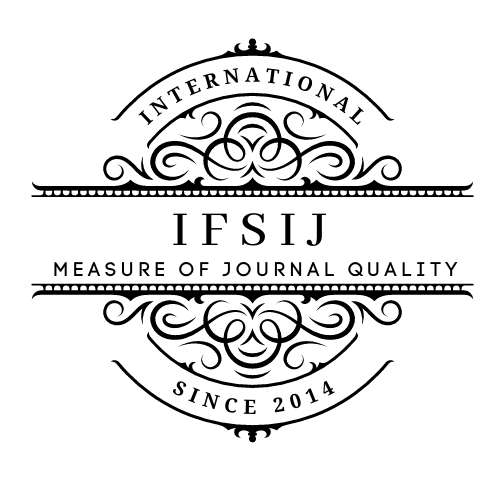STUDY OF SILENT MYOCARDIAL ISCHEMIA IN WOMEN IN POSTMENOPAUSAL PERIOD
Keywords:
Coronary heart disease (CHD), Silent myocardial ischemia (SMI), postmenopausal period, menopausal syndrome (MS).Abstract
Coronary heart disease (CHD) is one of the pressing socio-medical problems of our time. The leading position among the causes of deaths (up to 51%) is taken by ischemic heart disease, which etiopathogenetically is predominantly caused by atherosclerotic lesions of the coronary arteries (Section of atherosclerosis RSSC, 2004). Almost 45.4% of patients die from acute myocardial infarction (AMI), including recurrent ones [1]. In the current situation, the fight against cardiovascular diseases (CVD), according to E.I. Chazova, it’s not just a big phrase – it’s a matter of national security [2]. CVDs are the leading cause of death in women in industrialized countries. Cardiovascular diseases (CVD) account for 55% of deaths in women and 43% in men [3]. According to the American Heart Association, 32 million women in the United States suffer from coronary artery disease (compared to 30 million men). For various reasons, the mortality rate in women is higher than in men. In the United States, more than 0.5 million women die annually from coronary heart disease. At the same time, in the countries of Western Europe, the USA, Canada, and Australia, over the past decades, there has been a steady trend towards a decrease in mortality from IHD, which sharply differs from the situation in Russia, where, on the contrary, there has been an increase in this indicator. [3].
Downloads
Published
Issue
Section
License

This work is licensed under a Creative Commons Attribution-NonCommercial 4.0 International License.







